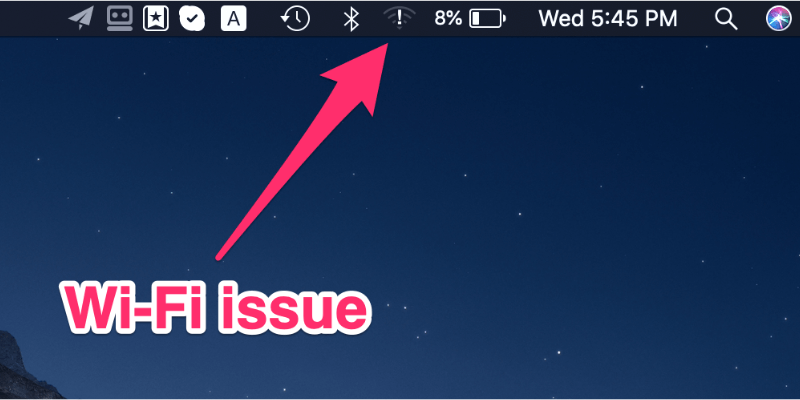

Default mac wifi settings full#
The full settings for guest networks, including captive portal, content filtering, and network isolation, must be changed in the web interface. By default, guest networks cannot access any other internal network. Guest networks are ideal for Internet-only access. Guest networks apply your default guest network policies. This guide covers normal, local networks.Ĭorporate networks are normal networks, with no guest policies applied and the UDM acting as the default gateway. I covered the basic setup of an L2TP remote user VPN in my UniFi Dream Machine review.Ĭhoose between Local, Remote User VPN, and Site-to-site VPN. I’m not going to go over Remote User or Site-to-Site VPNs here, I will address that in a separate article. This will automatically enable and disable the network at a certain time of day.Įnable a MAC filter to whitelist or blacklist specific devices from the network. Hiding your network doesn’t help security.Īpply a user group to limit bandwidth for users of this network.Įnable a WLAN schedule.

You can apply a client group (Create them in Control Center -> Advanced Features -> Client Groups) to limit bandwidth, though. You can’t adjust the guest policies in the mobile app, those settings are only available in the full web interface. You’ll need to setup a RADIUS server (Control Center -> Advanced Features -> RADIUS), and create RADIUS profiles and users for this option to work.Ĭhoose if your default guest policies such as captive portal and client isolation apply to this network. WPA Enterprise (802.1X) relies on a username and password. WPA Personal is the normal option, which uses a pre-shared key as a password. WEP is a legacy option which is insecure and should not be used. Open means there is no password, good for guest networks. By default all APs at the site will broadcast it.Ĭhoose if this network should be enabled. Pick the APs that should broadcast this network. The web interface is available locally at the IP of the UDM (default 192.168.1.1), or via the cloud portal at unifi.ui.com.Ĭontroller Settings: Creating New Wireless and Wired Networks To Create A New Wireless Network:Ĭlick on the gear icon in the lower right to access Control Center. You can use the mobile app to adjust settings and view details of your network, or you can use the regular web interface. If you get an error, you may need to manually join the network.Īfter this, the basic setup is complete. You will be prompted to join the Wi-Fi network you created. These settings can affect your Smart Queues auto-QoS, so it’s important that your ISP’s speed is set correctly.Ĭlick finish and wait for settings to apply.įirmware updates will apply if there are any available. You can change this to weekly, or disable auto-updates entirely.Īllow the speed test to complete, and adjust the numbers to match your Internet speed, if necessary. Name your Wi-Fi network, and create your WPA2-personal password.īy default, the UDM will check for updates every day at 3 AM. When this feature was introduced and opt-out, Ubiquiti received a lot of negative feedback. I like that diagnostics defaults to off now. This setting can cause issues for some people, and I prefer to be in complete control of all my network settings. Login with your UI.com account, or create one.Ī UI.com account is required for setup, and this is what enables cloud management access. If you pick business, you have to pick business type and number of employees. Pick your Setup Type: Personal or Business.


 0 kommentar(er)
0 kommentar(er)
